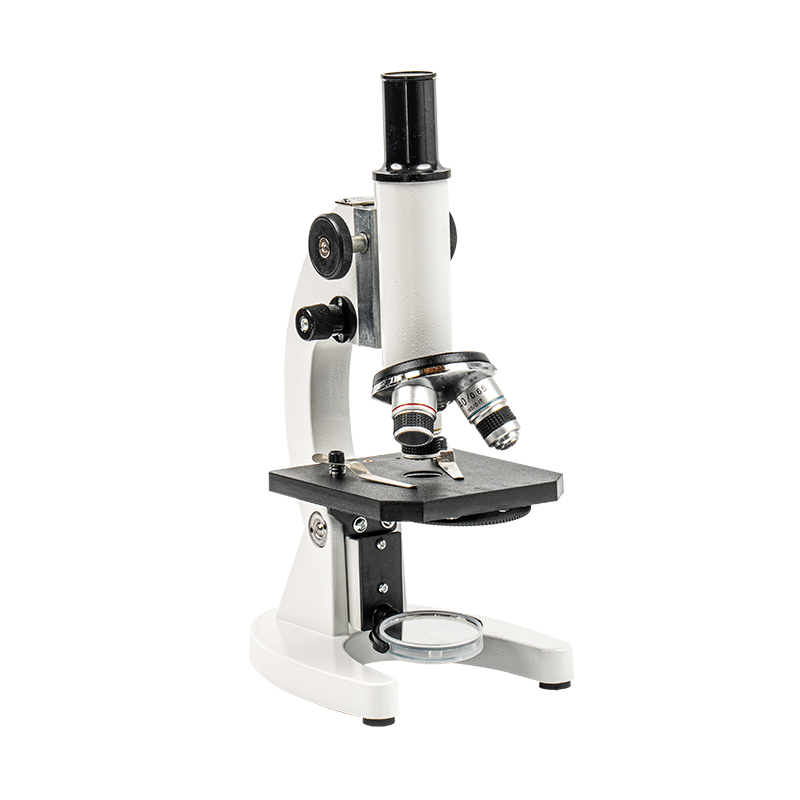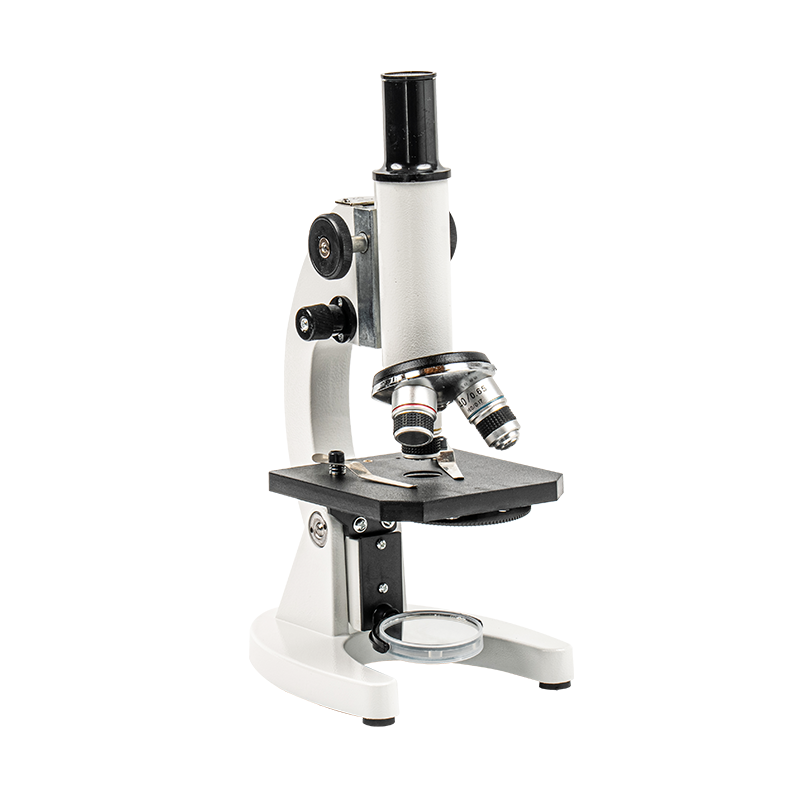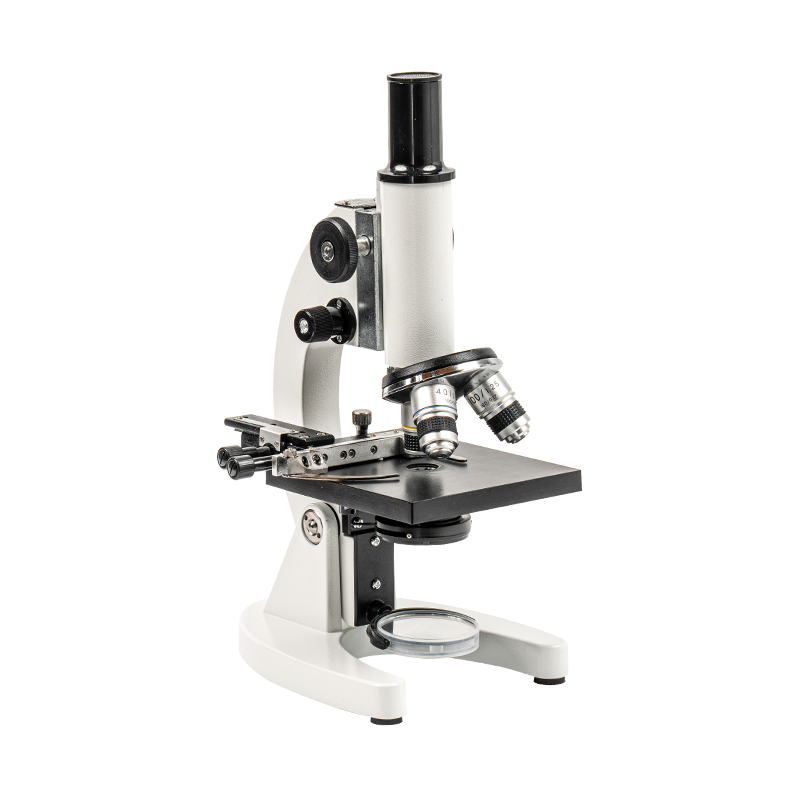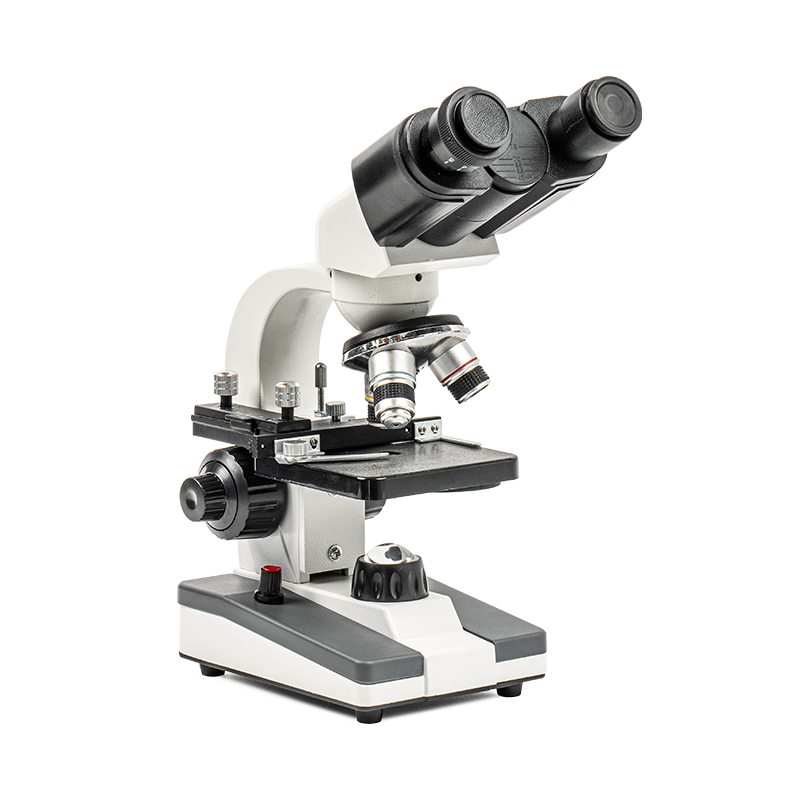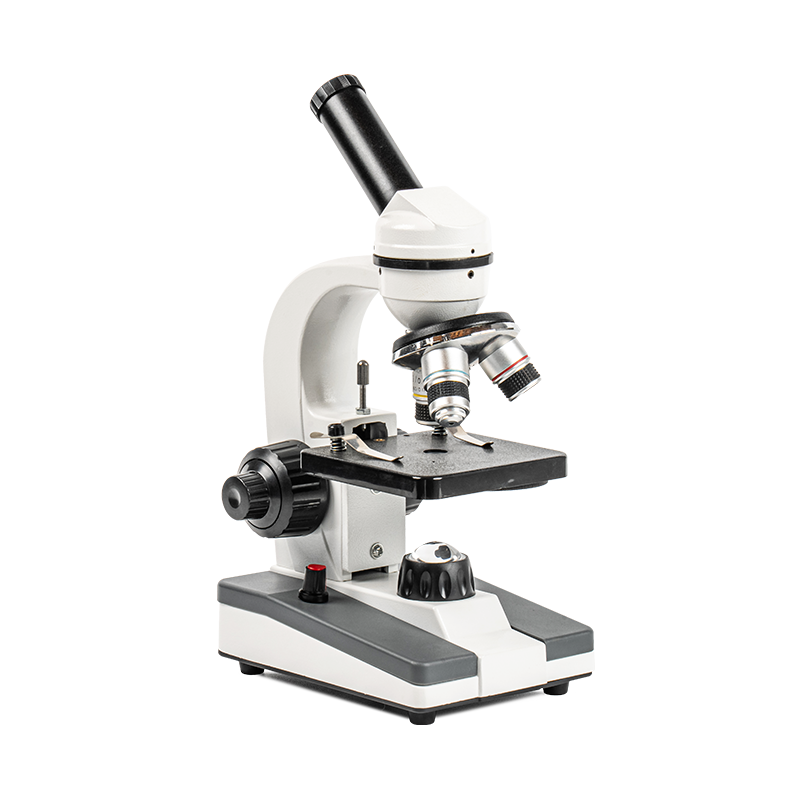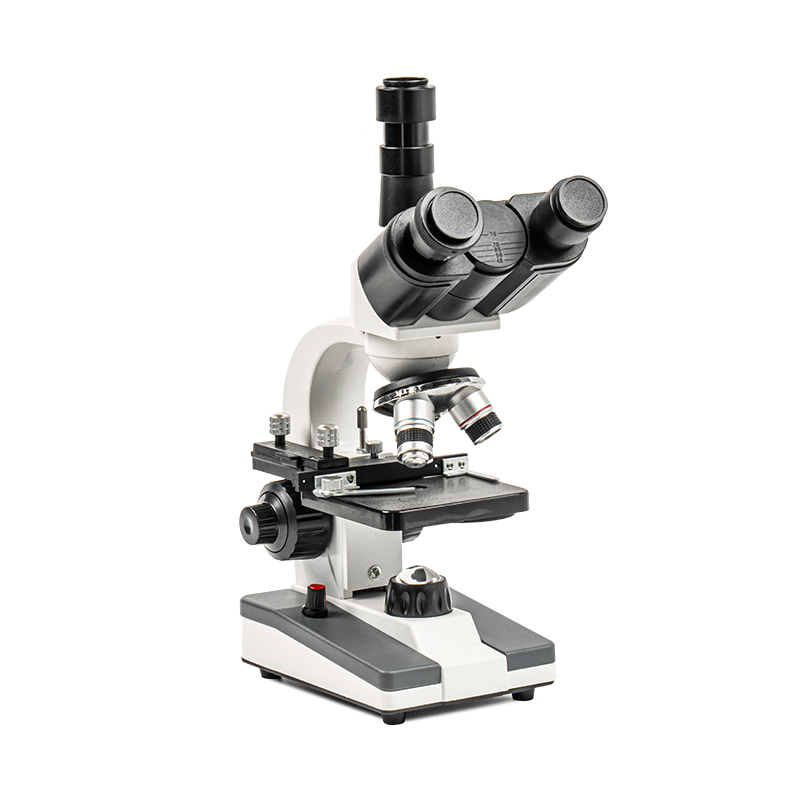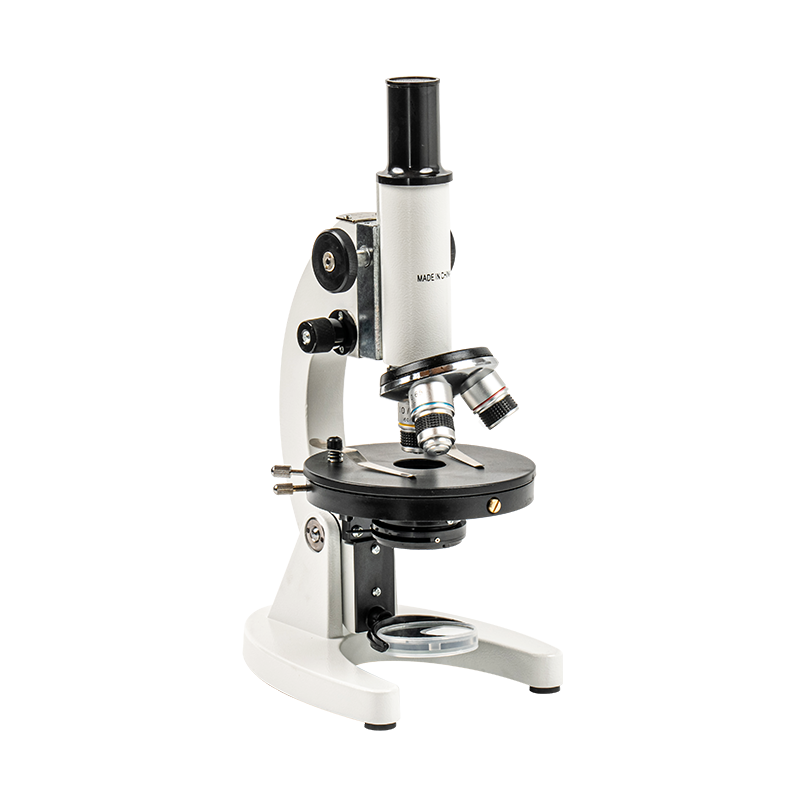In the world of scientific research and industrial applications, precision is paramount. Whether it’s in the measurement of chemicals, pharmaceuticals, or industrial products, accurate data is crucial for quality control, research accuracy, and product consistency. One such instrument that has earned its place in laboratories around the world is the Abbe Refractometer. Renowned for its ability to measure the refractive index of liquids and solids with exceptional accuracy, the Abbe Refractometer has become a cornerstone in the chemistry industry. But what makes this instrument so crucial? And how does it impact the field of chemistry? Let’s explore.
Content
What is an Abbe Refractometer?
The Abbe Refractometer, named after its inventor, the German scientist Otto Abbe, is a device used to measure the refractive index of substances. The refractive index is a fundamental physical property that describes how light propagates through a medium. This measurement provides insight into the composition and purity of materials, making the Abbe Refractometer invaluable in various fields, particularly chemistry.
In simple terms, when light passes from one medium to another, it changes speed and direction. The degree to which light bends (refracts) depends on the material it is passing through. The refractive index is the ratio of the speed of light in a vacuum to the speed of light in a given medium. By measuring how light bends when passing through a sample, the Abbe Refractometer can determine this key property.
Abbe refractometers are typically used for liquids but can also be used for solid materials. They are a staple in laboratories due to their precision and ease of use, especially when dealing with substances that require high-level quality control or chemical analysis.
| Specification: |
|
| Refractive index ND measurement range | 1.300~1.700 |
| Refractive index ND measurement accuracy | 0.0002 |
| Refractive index ND Min. division | 0.0005 |
| Glucose concentration (%) measurement range | 0~95 |
| Glucose concentration (%) Min. division | 0.25 |
The Significance of Refractive Index in Chemistry
The refractive index provides essential information about the composition, purity, and concentration of substances. In chemistry, it is often used to identify materials, determine concentration levels in solutions, and assess the quality of compounds.
Identifying Compounds:Different substances have unique refractive indices. By comparing the measured refractive index with known values for different chemicals, scientists can identify unknown compounds or verify the composition of a sample. For example, if a chemist is working with an unknown liquid, they can use the refractometer to measure the refractive index and cross-reference it with a database of known substances to make a definitive identification.
Measuring Concentrations:In solution chemistry, the refractive index can be used to determine the concentration of a solute in a solvent. This is particularly useful in industries like pharmaceuticals and food production, where precise concentrations are critical for safety, efficacy, and quality. For instance, in pharmaceutical manufacturing, ensuring that the concentration of active ingredients is correct is crucial for the drug’s effectiveness and safety.
Quality Control:The purity of chemical substances is vital for both research and industrial applications. The Abbe Refractometer is often used in quality control procedures to check the purity of raw materials, finished products, and everything in between. Any discrepancies in the refractive index can indicate impurities, allowing chemists and quality control technicians to detect and address problems before they affect the final product.
Synthesis and Reactions:The refractive index also plays a role in studying the kinetics of chemical reactions. During a chemical reaction, the refractive index of the solution or mixture can change as new products are formed. By monitoring these changes, researchers can gain insights into the reaction’s progress, reaction rates, and the effectiveness of catalysts.
How the Abbe Refractometer Works
The Abbe Refractometer operates on a simple yet effective principle. It utilizes total internal reflection, a phenomenon where light is completely reflected inside a medium when it hits a boundary at a steep angle. The refractometer has a prism with a sample of the material placed in contact with it. Light is passed through the prism, and depending on the refractive index of the sample, some light is refracted, while the rest is reflected.
The refractive index is then calculated based on the angle at which the light exits the prism. The instrument is equipped with a scale that reads out the refractive index directly, typically in the range of 1.30 to 1.80 for most substances. Abbe refractometers are highly precise, with measurements accurate to four decimal places.
Applications in the Chemistry Industry
Pharmaceutical Industry
The pharmaceutical industry heavily relies on the Abbe Refractometer for the development, manufacturing, and quality assurance of drugs. One of the primary uses in this field is to check the concentration and purity of active pharmaceutical ingredients (APIs). During the formulation of a drug, the concentration of the active ingredients must be consistent to ensure the drug's effectiveness.
An Abbe Refractometer can quickly provide accurate measurements of concentration, allowing for immediate adjustments to the formulation. Additionally, during the synthesis of pharmaceutical compounds, refractometry can help monitor reactions and ensure that the end products meet the required standards.
Food and Beverage Industry
In the food industry, refractometers are used to monitor the concentration of sugars, salts, and other dissolved substances in products like juices, syrups, and sauces. The Abbe Refractometer’s high precision helps ensure that products meet regulatory standards for taste, sweetness, and consistency. For example, it’s used to measure Brix, a scale used to determine the sugar content in fruit juices and soft drinks. An accurate refractive index reading directly translates to a better product and better consumer experience.
Environmental Chemistry
Environmental chemists use refractometers to analyze water quality. The concentration of dissolved substances, such as salts and minerals, can be determined through refractive index measurements. This information is critical in areas like water treatment, pollution control, and monitoring the health of aquatic ecosystems. The Abbe Refractometer is an essential tool in these applications, helping to ensure that water sources are safe for consumption and environmental balance is maintained.
Petrochemical Industry
In the petrochemical industry, refractometry is used to measure the quality and composition of crude oil and refined products. The refractive index can provide insights into the purity and composition of the oil, enabling companies to monitor the efficiency of refining processes. Additionally, the measurement of refractive indices in fuels, lubricants, and other petroleum-based products ensures that they meet industry specifications for performance and safety.
Cosmetic and Personal Care Products
The cosmetic industry also relies on refractometers for ensuring product quality. Creams, lotions, and perfumes must have consistent properties for both safety and customer satisfaction. The refractive index helps manufacturers check the consistency of formulations and ensure that no unwanted impurities or variations in concentration are present.
Advantages of the Abbe Refractometer
The Abbe Refractometer has several advantages that make it indispensable in the laboratory and industrial settings:
Precision and Accuracy:Abbe refractometers are known for their high precision, often providing measurements accurate to four decimal places, which is vital for chemical analysis and quality control.
Ease of Use:These instruments are relatively simple to operate, making them suitable for both experienced scientists and technicians in various fields.
Versatility:They can be used for a wide range of substances, including liquids, solids, and even gels, making them useful across various industries, from pharmaceuticals to food manufacturing.
Non-destructive Testing:The measurement of the refractive index is non-destructive, meaning the sample can remain intact and usable for other tests or applications.
Future Trends and Advancements
While the Abbe Refractometer has remained largely unchanged for over a century, advancements in optical technology continue to enhance its capabilities. Some of the most promising trends in refractometry include:
Integration with Digital Technology:Many modern refractometers now come with digital displays and connectivity options, allowing for easier data collection, analysis, and integration with other laboratory instruments.
Miniaturization and Portability:Advances in microelectronics have led to the development of portable, hand-held refractometers that retain the precision of larger instruments, making them useful in fieldwork and mobile applications.
Multi-parameter Analysis:Combining refractometers with other analytical techniques, such as spectroscopy or chromatography, can provide even more comprehensive data about samples.

 English
English Español
Español عربى
عربى 中文简体
中文简体